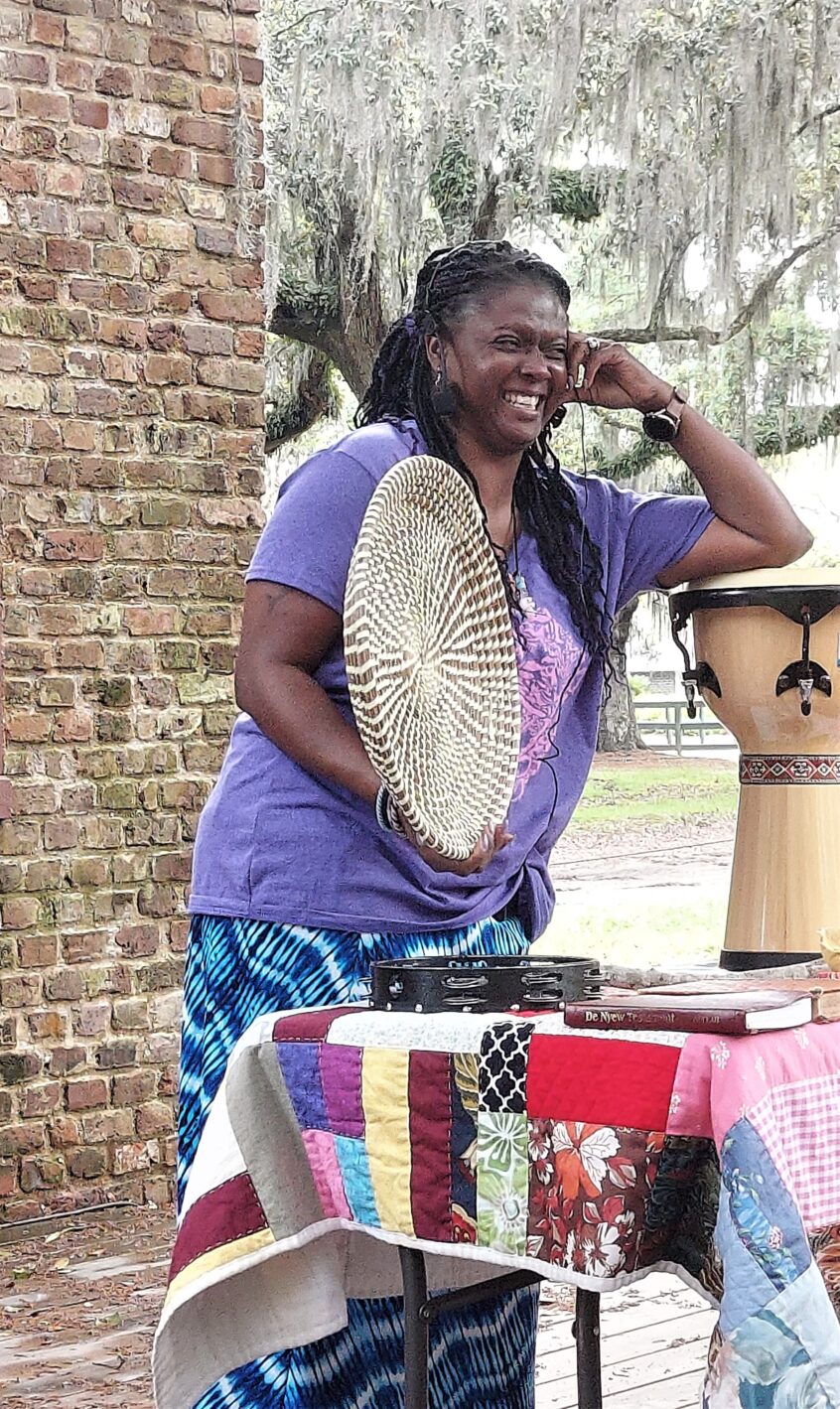Much of today was spent at the Boone Hall Plantation. The property is gorgeous, every inch of it filled with history—some very sad, much quite unexpected and all of it thought provoking.
Here are a few of the things I learned:
- The owners of Boone Hall and most other plantations in the area never lived on the property. Instead, they lived in grand homes in Charleston and visited their properties once a year. This is very different from plantations in most other parts of the south. An overseer ran the operations, including the buying and selling of slaves. The overseer lived in the main house.
- Though Boone Hall is only about 12 miles from Charleston, there were no roads and no bridges until the 20th century. Boats used the inflowing and outflowing tides get people and goods to and from the property. A one way trip would take a minimum of twelve hours.
- Boone Hall was also unusual in that most of its money came from brickmaking, rather than crops. They did grow indigo and cotton.
- A large number of slaves lived in brick buildings close to the main house. This wasn’t out of kindness, rather to show off the owner’s wealth. The more slave quarters, the wealthier they appeared. Typically, two families for a total of as many as fourteen people, lived in a single dwelling about the size of a small living room. There was no indoor plumbing and no furniture, just pallets to sleep on.
- Daily life of enslaved people was horrific. Food rations were scarce so people grew what they could so they wouldn’t starve. Everyone from the youngest to the oldest worked from sun-up to sundown six days a week. If you lived to 40 you were considered ancient. Most people died much younger.
A museum interpreter talked about Geechee Gullah culture—with great humor, songs, and many “props” to demonstrate historic and current life.
All in all, a fascinating experience.

